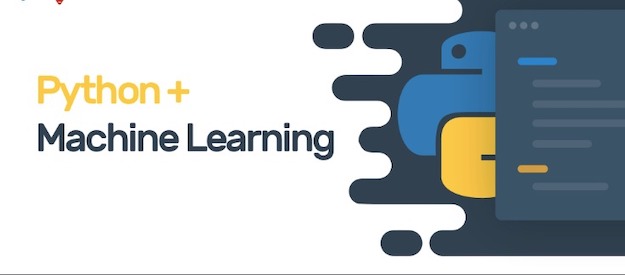It started with a question, “Can Machines Think?” in Alan Turing’s paper, “Computing Machinery and Intelligence”, published in 1950 and now, more than half a century later we are closer to the answer than ever.
Machine learning, simply put, is programming a computer system to allow it to carry out tasks without being given explicit instruction but by allowing it to interpret data and make inferences. The process of making an inference is ‘learnt’ by the computer after sifting through gigabytes and terabytes of data and is considered to be the closest thing that currently exists to true artificial intelligence.

Although it seems laughable and dismissive to think that a computer can even come close to how human beings learn, it’s no longer a gag but rather something out of science fiction; computers are learning, and they are better at it. From being able to detect faces and speech to identifying malignant cells years before people are diagnosed with cancer, Machine learning has come a long way and is paving the way to a more intelligent form of computers, ones that can truly think and make decisions based on its past experiences.
Don’t Miss-
What is Java Programming? Complete Java Guide for Beginners
Ultimate Guide to Become a Successful Full-Stack Developer
So how does Python make it simpler?
Python is easily the most popular programming language in the world and it is so because of the sheer simplicity it offers. It may come across as a complex programming language, but its easy to learn and implement. For instance, “Hello world!” in Python is simply printed “Hello world!”.
Along with the simplicity of the language, the structure of syntax is also simple to understand and both of this combined, allow developers to spend less time coding and spend more time to deal with the other more complex issues of Machine Learning.
This is made even simpler by a large number of existing libraries and frameworks available to developers and programmers, which further reduce coding time.
Let’s look at how Machine learning is developed.
It all starts with algorithms and a set of data with inputs and sometimes the desired output. When the desired output is given it is called supervised learning and when it is not given an output, it is called semi-supervised learning.
The computer system is like a child then, knowing instinctively that he must use his legs to walk and is instructed to walk. While supervised learning happens with the parent acting as a motivation as well as a destination for them to walk towards. Unsupervised learning happens when the child struggles to his feet when no one is looking, without anyone asking him to but has seen his parents walk and tries to emulate it. In both the cases, the child must figure out most of it on his own, like figuring out how to move his legs one after the other and other things like balance and direction. Similarly, a computer system ‘learns’ how to use all the available data and figures out how to do something on its own. This is then further optimized through reinforcement to develop a system that is more commercial.
And like most children, it takes a few (read many) tries to get it right. It can do so in many ways and the thing is, every system comes up with its own unique way of identifying how to go about with it. And that is the beauty of machine learning; you never know what you might get and you may even sometimes stumble upon something even more extraordinary in the process in what you might call a causal discovery. Like Google translate, which uses neural networks for translations, came up with its own language when trying to translate between multiple languages.
That’s how far we’ve come and its going to go even further with Machine learning being used in more and more fields from the Facebook newsfeed that is heavily customized specifically to the interest of the user and the ads that pop up on your screen to things such as cancer detection which uses computer-aided detection and weather prediction, a field which has seen extensive work being done in deep learning (a branch of machine learning) to massively improve weather prediction.
It is also being extensively used in banking from improving the user experience and credit determination to identifying investment opportunities and preventing fraud. Siri, Google assistant, Cortana are all examples of machine learning and it goes to show how ML is slowly becoming an integral part of the world that we live in. And as it grows, it’s becoming more and more important to learn languages such as Python (which has already overtaken French as one of the most preferred languages taught) to be a part of this whole new world.
If you are already well versed in python and interested in learning more about Machine learning, why not pick up a Machine learning with Python course and while you’re at it, check out the Power BI training to improve your ability to present data.



